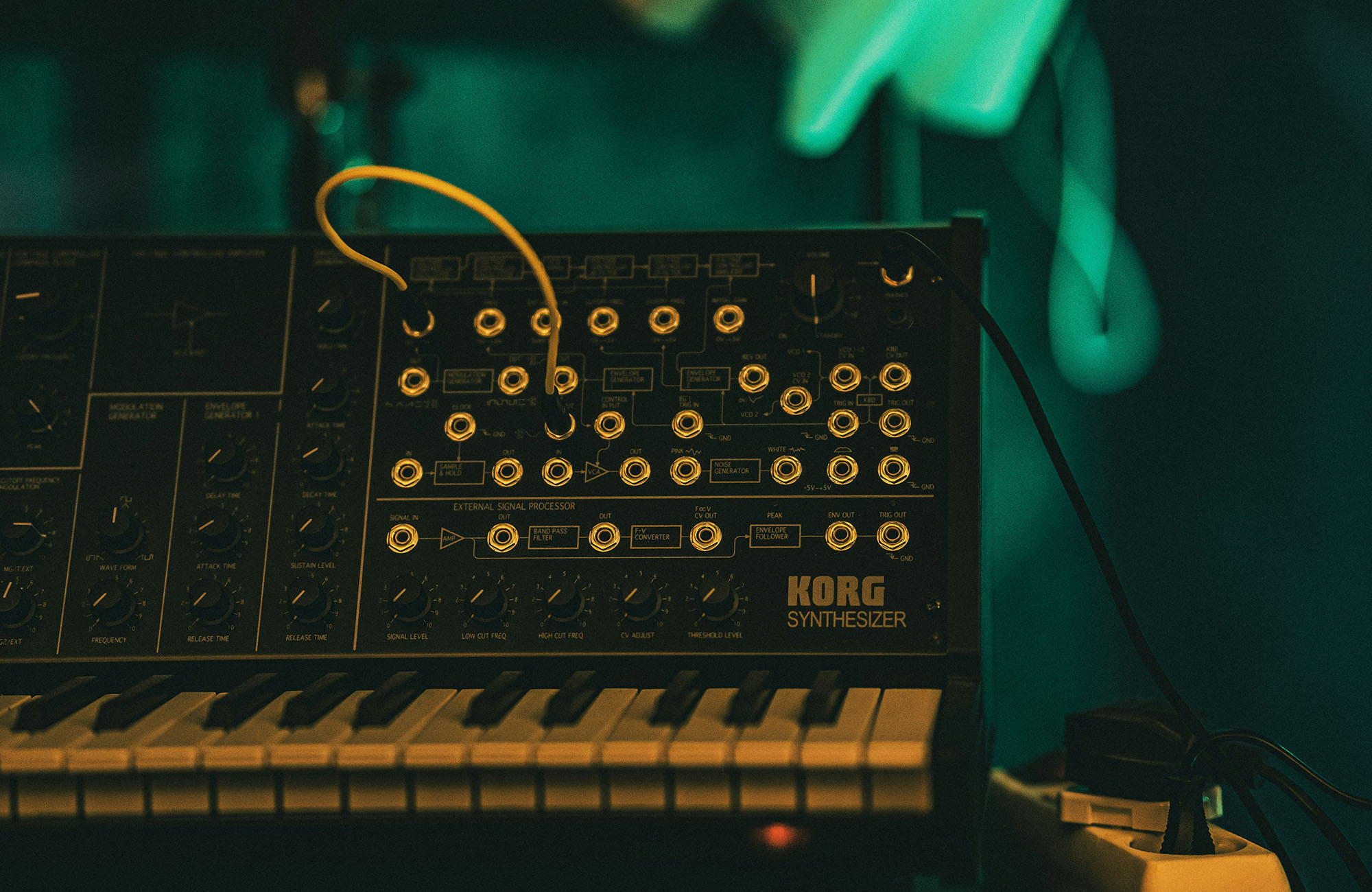
From Idea to Track: How to Build a Song Around a Beat
Every memorable rap song begins long before a single bar is written. It starts with a feeling — a reaction to a beat that pulls something honest out of you. Rappers who build songs that resonate deeply usually share one thing in common: they know how to let the instrumental guide their creative decisions. The beat becomes the emotional map, and the lyrics grow naturally from the atmosphere it creates.
When you learn to build your track around the beat rather than forcing your ideas onto it, the songwriting process becomes smoother, more intuitive, and more expressive. Instead of fighting for space, your voice and the instrumental move together as one. This is why the foundation of any strong hip-hop track is choosing an instrumental that genuinely inspires you. If you need beats crafted for emotion, storytelling, and flow, the Hip-Hop Beats collection on Tellingbeatzz is a great place to start — they’re built to turn a spark into a song.
Letting the Beat Create the Mood Before the Words Arrive
The best writing sessions begin not with a notebook, but with listening. Before you rush to find rhymes or punchlines, take time to connect with the beat emotionally. Listen to it repeatedly until you can predict the drum hits, anticipate the melody, and feel where your voice naturally wants to enter. This stage isn’t about thinking — it’s about absorbing. Some artists hum along without words, others pace the room, others close their eyes and let memories rise to the surface.
Every beat carries its own emotional fingerprint. A melancholic piano loop might push you toward reflection. Thick bass and sharp hats might awaken confidence. Atmospheric pads might open the door to vulnerability. When you allow yourself to feel these emotional cues, the beginnings of the song reveal themselves. You’ll notice phrases forming, melodies emerging, and emotional themes taking shape. That is the beat beginning to write the song with you.
Discovering the Hook Hidden Inside the Instrumental
Most songs revolve around a single emotional truth — one line or idea that captures the heart of the track. This usually ends up becoming the hook. Many artists find it easier to write the hook first because it gives the rest of the song a clear purpose. When the hook is strong, the verses don’t have to fight for direction; they simply deepen and support the central message.
Instead of forcing a catchy line, try letting the beat reveal its natural hook. Listen for the sections where the instrumental opens up — the moments where the melody blooms, the rhythm becomes more spacious, or the emotion peaks. These areas often carry the energy of a chorus. Allow your instincts to guide you. Sometimes, a single improvised line sung softly under your breath becomes the phrase that anchors the entire track.
Hooks don’t need complexity to be powerful. What they need is honesty, clarity, and emotional alignment with the beat. If the instrumental pulls you toward hope, let the hook reflect hope. If it feels heavy, let the hook speak from that weight. Your listeners will always feel when the hook is connected to the mood of the beat.
Writing Verses That Grow Naturally From the Hook’s Emotion
Once the hook is defined, the verses become a journey through the ideas it introduces. Instead of seeing verses as isolated blocks of bars, think of them as chapters in a story, each one exploring a different angle or deeper layer of the hook’s emotional core. Rather than forcing metaphors or technical complexities too early, let the emotion guide your writing. The first verse might explain how the emotion began. The next might reflect on its consequences or evolution. The final moments of the track might offer acceptance, conflict, or insight.
While writing, keep returning to the beat. Notice how the drums hit behind certain lines. Pay attention to how the melody shifts. Let those moments guide your pacing and your storytelling. A good verse doesn’t just sit on top of an instrumental — it breathes with it. The lyrics feel like they rise and fall with the music because they were born from it.
Beats built for storytelling, such as those in the Hip-Hop Beats catalog, make this even easier, as they contain natural transitions and textures that encourage emotional arcs.
Finding Your Flow by Listening Instead of Forcing
Flow is often misunderstood as something you create artificially. But the truth is, the best flows come from listening. When you sit with the beat long enough, you begin to hear the pockets where your voice fits effortlessly. You start noticing which syllables fall perfectly on which drum hits, where your energy should rise, and where it should soften. You begin to feel where the line should break and where it should stretch — not because you planned it, but because the beat asked for it.
Each beat has a natural rhythm for your voice. Some instrumentals call for rapid cadence, others for slow reflection. Some require smooth, melodic phrasing, while others demand sharper, more percussive delivery. The more you tune into the emotional and rhythmic flow of the beat, the more authentic your flow becomes.
Don’t be afraid to experiment. Try multiple flows, multiple cadences, multiple emotional tones. Often the flow that feels slightly uncomfortable at first becomes the one that brings the song to life.
Delivering Your Lines With Emotional Honesty
When it’s time to record, the most important thing you can do is show up emotionally. A flawless take without feeling rarely connects as deeply as an imperfect take delivered with conviction. Your tone, your breath, your micro-pauses — all of these reflect what you’re feeling. If the beat carries pain, let your voice crack. If it carries confidence, let your tone rise. If it carries nostalgia, soften your delivery and let your breath guide you.
This emotional honesty is what turns a song into a human experience. The listener might not remember every bar, but they will remember how your voice made them feel. Many iconic songs are built on raw, imperfect takes that captured a moment of vulnerability or energy that couldn’t be reproduced.
Hip-hop thrives on emotional truth. Let the beat bring that truth out of you.
Structuring the Song Around Movement, Not Rules
Traditional rap structures — hook, verse, hook — exist because they work. But they’re not laws. The real structure of your song should follow the emotional movement of the instrumental. If the beat opens with a cinematic intro, let the story begin slowly. If it drops hard after a few bars, place your hook there. If the beat softens in the middle, allow your verse to become more reflective in that moment.
Think of the beat as choreography for your ideas. You’re not forcing your song into a template; you’re letting the music guide the arrangement. The best structures feel inevitable — like the song could not have been built any other way.
Final Thoughts
Creating a song around a beat is not a technical process — it’s a relationship. You’re learning to listen, respond, and let the music speak through you. When you allow the instrumental to shape your hook, your flow, your tone, and your structure, your songs feel natural and emotionally coherent.
A powerful track begins with a powerful foundation. If you’re ready to start building more expressive, more inspired, and more complete songs, explore the Hip-Hop Beats selection on Tellingbeatzz. These instrumentals are crafted to spark ideas, evoke emotion, and give your creativity a home.
Because every great rap track starts with one simple moment:
A beat that moves you — and a story waiting to follow.
Browse Beats & Instrumentals
Check out my extensive catalog of more than 500 custom-made beats and instrumentals, available for free download or licensing.


No Comments